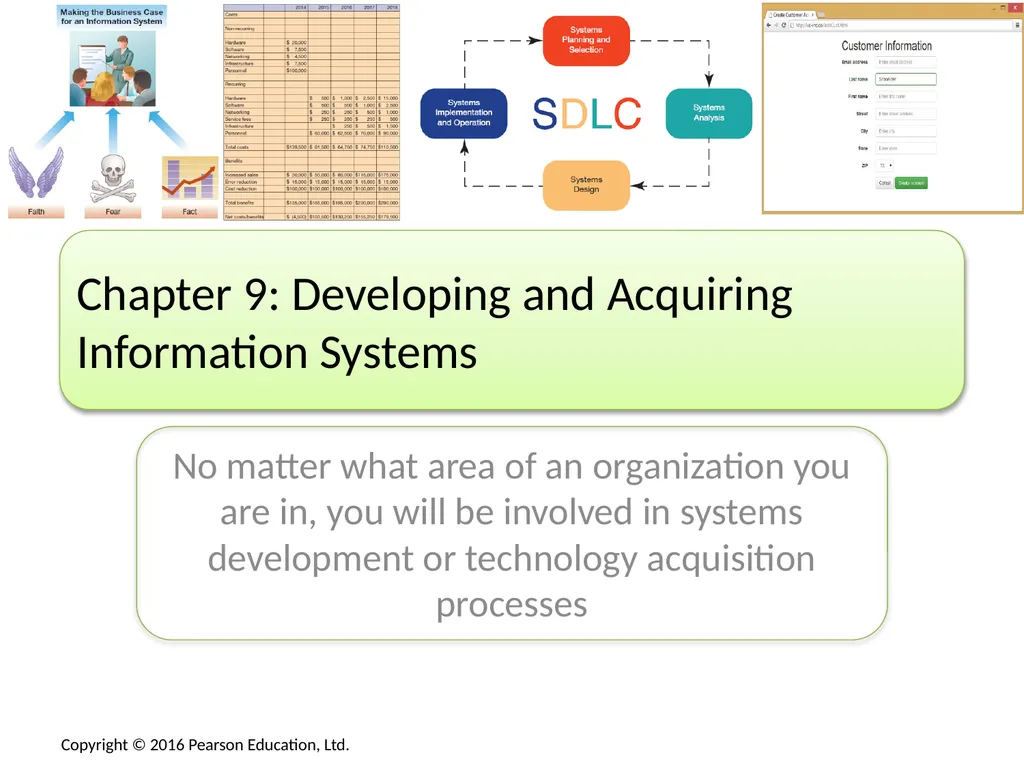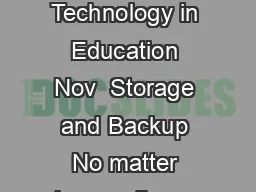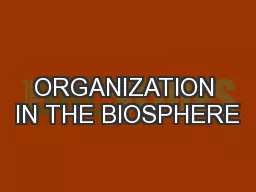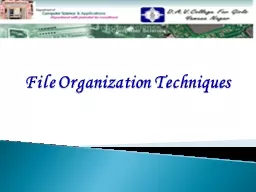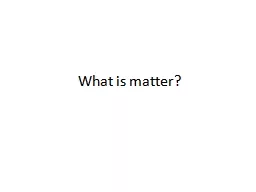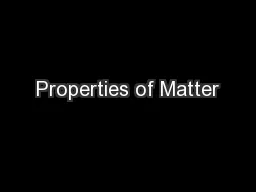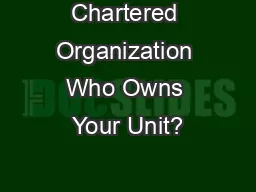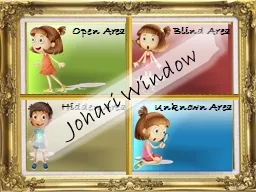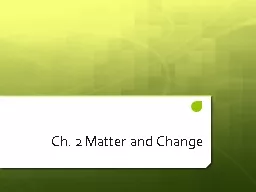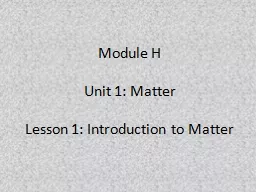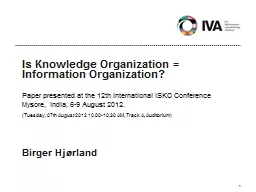No matter what area of an organization you are in,
Author : trish-goza | Published Date : 2025-06-23
Description: No matter what area of an organization you are in you will be involved in systems development or technology acquisition processes Chapter 9 Developing and Acquiring Information Systems Chapter 9 Learning Objectives Making the Business
Presentation Embed Code
Download Presentation
Download
Presentation The PPT/PDF document
"No matter what area of an organization you are in," is the property of its rightful owner.
Permission is granted to download and print the materials on this website for personal, non-commercial use only,
and to display it on your personal computer provided you do not modify the materials and that you retain all
copyright notices contained in the materials. By downloading content from our website, you accept the terms of
this agreement.
Transcript:No matter what area of an organization you are in,:
No matter what area of an organization you are in, you will be involved in systems development or technology acquisition processes Chapter 9: Developing and Acquiring Information Systems Chapter 9 Learning Objectives Making the Business Case Business Case Objectives The business case sells an investment Build a strong, integrated set of arguments Show how an IS adds value to the organization Lays out the costs and benefits Used to make a “go” or “no-go” decision May be used to justify continued funding The Productivity Paradox Making a Successful Business Case: Types of Business Cases Based on Wheeler and Marakas, 1999 Making a Successful Business Case: Identifying Costs and Benefits Identifying Costs Tangible costs—total cost of ownership (TCO) Non-recurring costs (acquisition) Recurring costs (use and maintenance) Intangible costs (e.g., loss of customers) Identifying Benefits Tangible benefits (e.g., estimated sales gains) Intangible benefits (e.g., improved customer service) Making a Successful Business Case: Performing Cost-Benefit Analyses Making a Successful Business Case: Comparing Competing Investments Weighted Multicriteria Analysis Presenting the Business Case Know the Audience Know who you are presenting to, what their background is, and what they care about Convert Benefits to Monetary Terms Show benefits as $ per time period, often annual Devise Proxy Variables Measure What Is Important to Management Know management “hot-button” issues Describe how the system impacts them Making a Successful Business Case: Stakeholders and Factors The Systems Development Process Customized Versus Off-the-Shelf Software Customized Software Customizability—tailored to unique needs Problem specificity—pay only for what is needed Off-the-Shelf Software (Packaged Software) Less costly than customized systems Faster to procure than customized systems Of higher quality than customized systems Less risky than customized systems Off-the-Shelf Software: Examples Commercial off-the-shelf (COTS) software—typically developed by software companies that spread the development costs over a large number of customers Open Source Software Program’s source code is freely available for use and/or modification Linux and MySQL are prevalent example Free to use, but “hidden” support costs Typically no support for the free version Commercial vendors may offer commercial-grade support to industry users for a fee MySQL database is used by Yahoo!, Facebook, and Associated Press Combining Customized, Open Source, and Off-the-Shelf Systems Off-the-shelf systems can often be customized Off-the-shelf systems may interact with open-source systems (e.g., the MySQL open source database can be used to store data for a small business ERP system) IS Development in Action IS Development in Action The Role of
